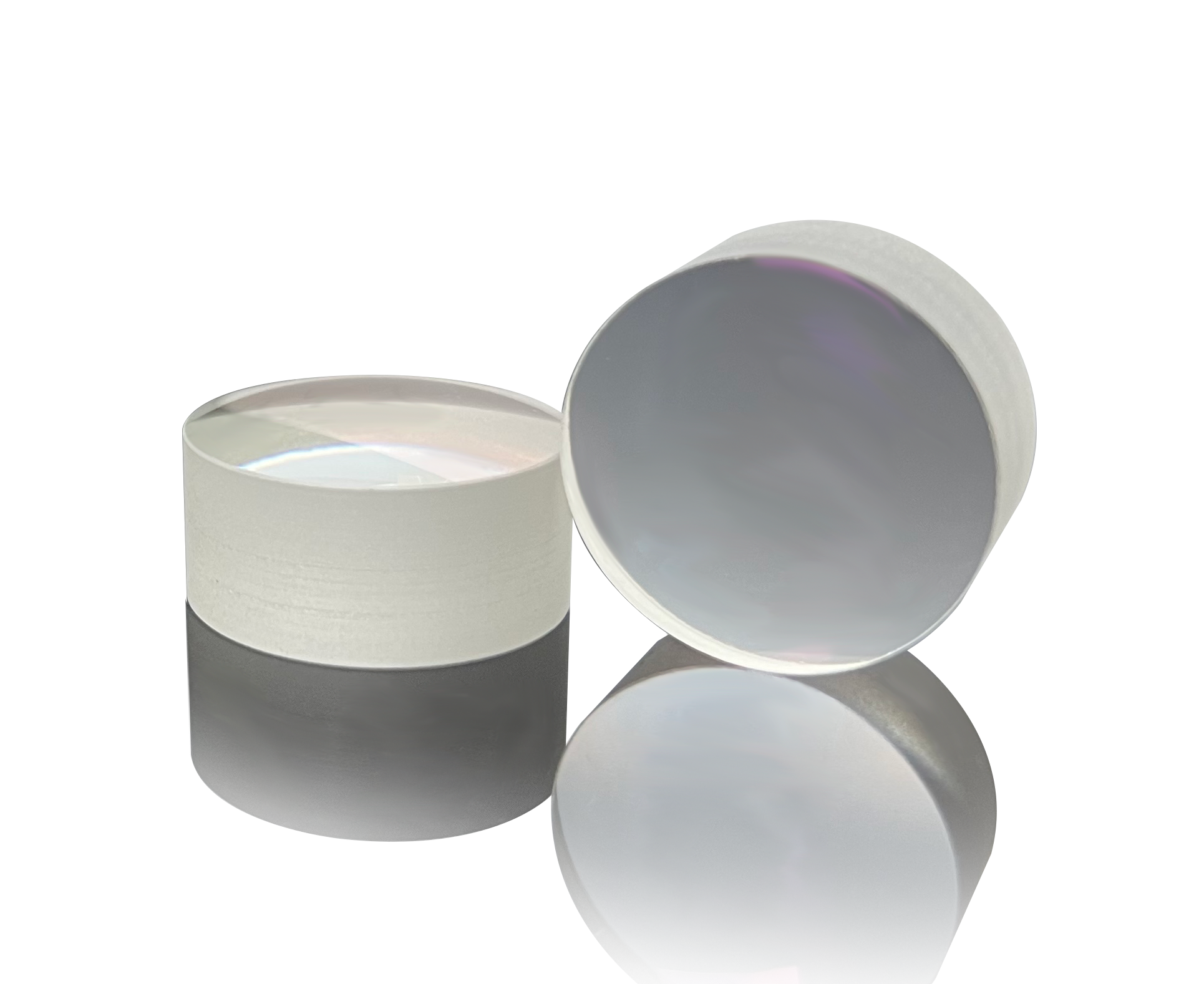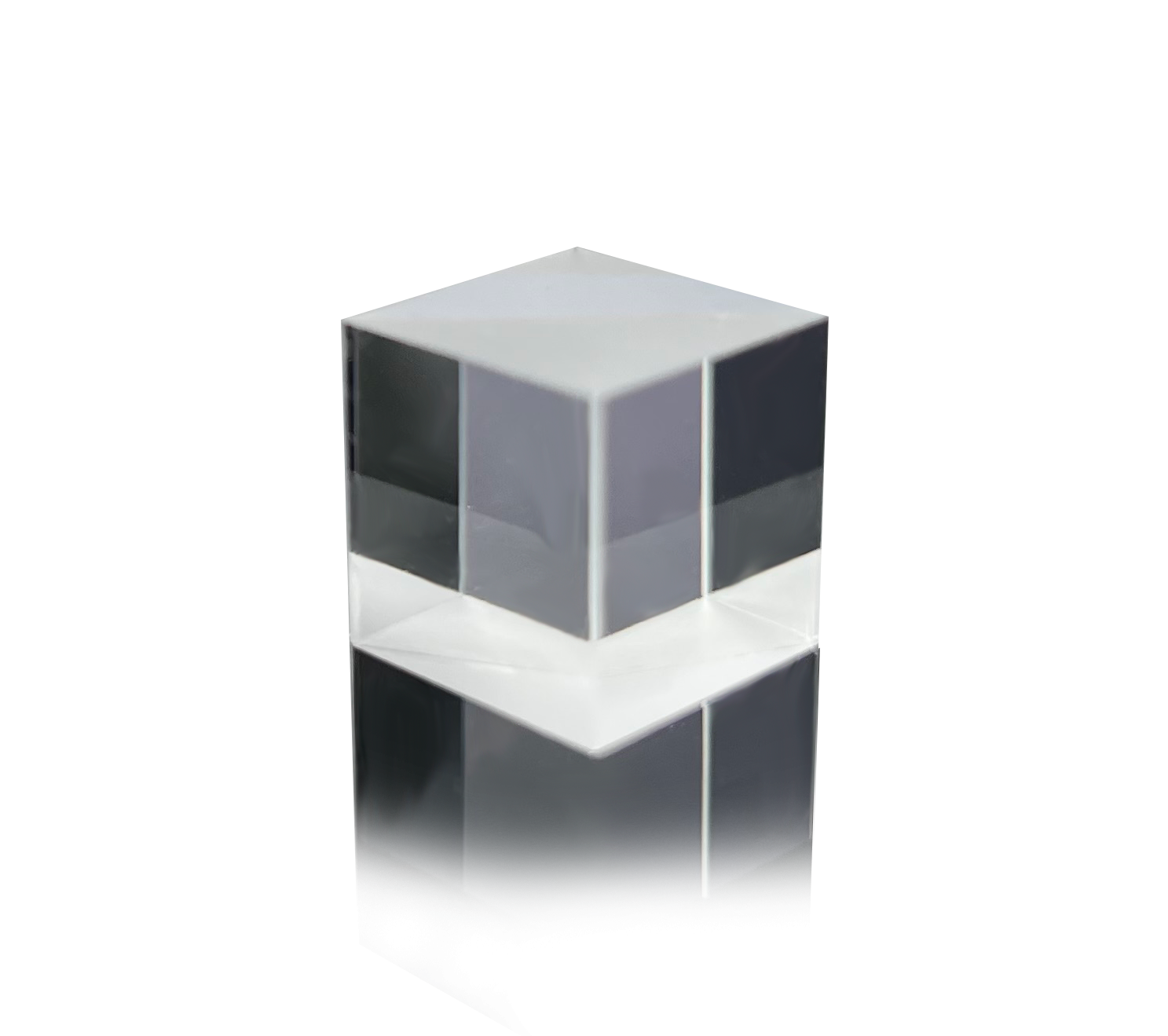Wave optics is a very important part of optics, including the interference of light, diffraction of light, polarization of light, etc. It occupies an important position in physics both in theory and application. Under the action of a light field or other alternating electric field, the particles produce vibrating dipoles that emit secondary waves. Using such a model to explain the phenomenon of light absorption, dispersion, scattering, magneto-optical, electro-optical, and even the emission of light is also the content of general wave optics.

The application of electromagnetic wave theory to crystals is called crystal optics. The wavelength of light wave is about 3.9-7.6 × 10 cm, and the general obstacles or pores are much larger than this, so it usually shows the phenomenon of straight line propagation of light. During this period, people also discovered some optical phenomena related to the wave nature of light. For example, F.M. Grimaldi first discovered that light will deviate from the straight line when it encounters obstacles. He named this phenomenon “diffraction”. Hooke and R. Boyle respectively observed interference phenomena now known as Newton’s rings.

These discoveries became the starting point for the history of wave optics. For more than 100 years after the 17th century, the particle theory of light (see the duality of light) has been dominant, while the wave theory is not accepted by most people. It was not until the 19th century that the wave theory of light developed rapidly.
1T Optics’ coating products can enhance reflection, reflection, absorption, etc..




